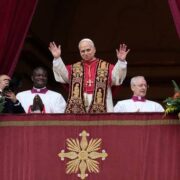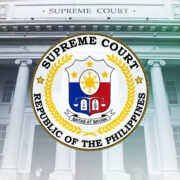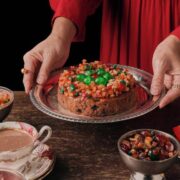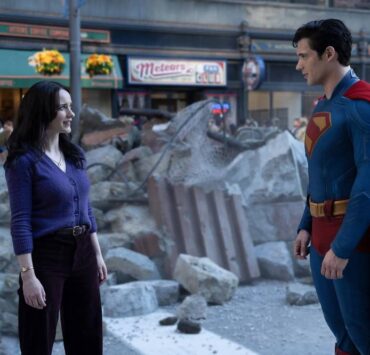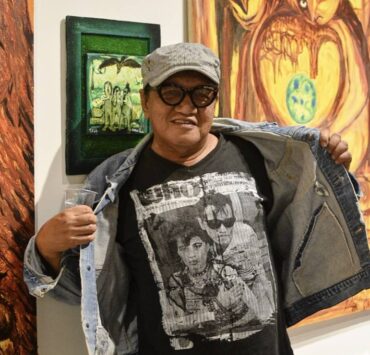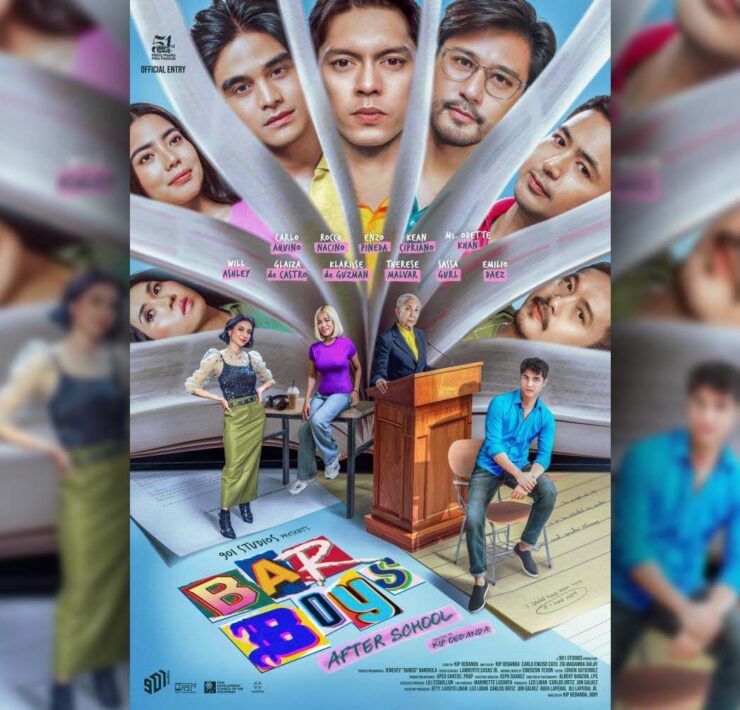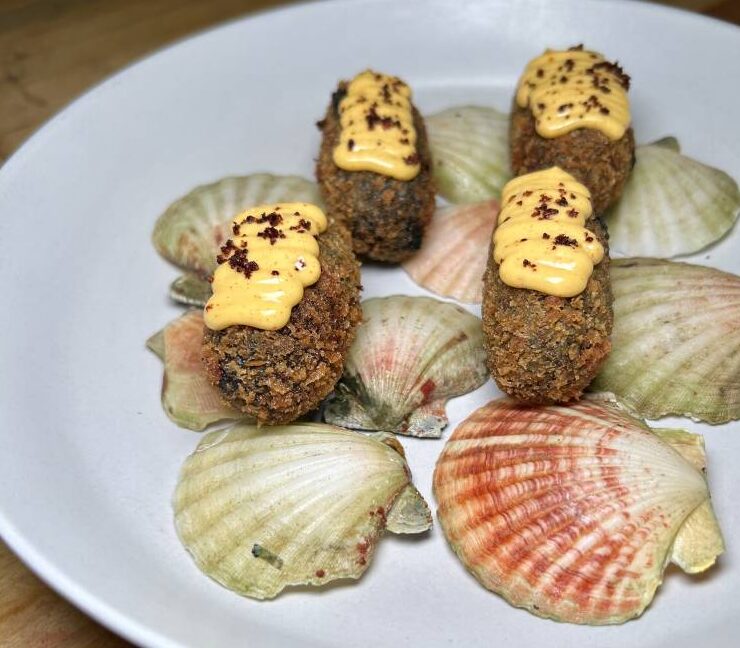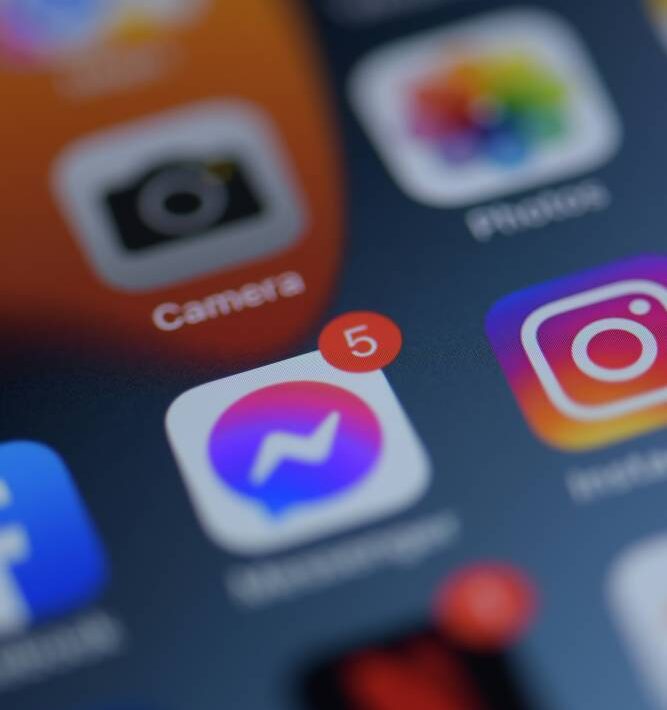The fashion friend group effect
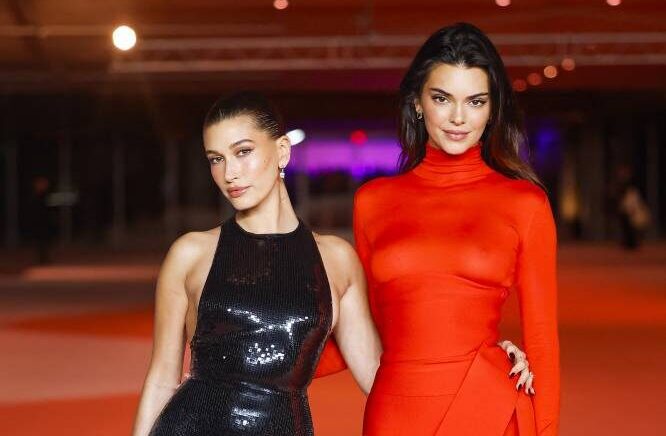
Fashion is no longer a solo sport—it is a group project. Scroll through Instagram or catch a Getty image dump, and you will start to notice it: best-dressed lists are suddenly filled with entire friend groups who look suspiciously coordinated.
They have been photographed walking out of Erewhon in nearly identical outfits, leaving fashion week after-parties in barely-there minis, and vacationing in coordinated bikinis—Hailey Bieber and Kendall Jenner might just be the blueprint for the modern fashion duo. Their friendship is not just a bond; it is a brand. Both are muses in their own right, but together they create a visual rhythm: sleek buns, neutral palettes, vintage sunglasses, and off-duty model energy that feels as effortless as it is curated. They make running errands look editorial, and they have turned sidewalk struts into mini runway moments. The fashion world watches—and copies.
They do not dress alike, exactly—they just understand the assignment in the same language. One might be in slouchy trousers and an oversized blazer, the other in micro-shorts and a vintage leather jacket, but it always makes sense side by side. It is the kind of style chemistry that is not forced—built on shared palettes, matching Pilates energy, and a mutual commitment to neutrals, clean lines, and $600 loafers. When they step out together, it is less best friends, more brand alignment. Quiet luxury, but make it twin-flamed.
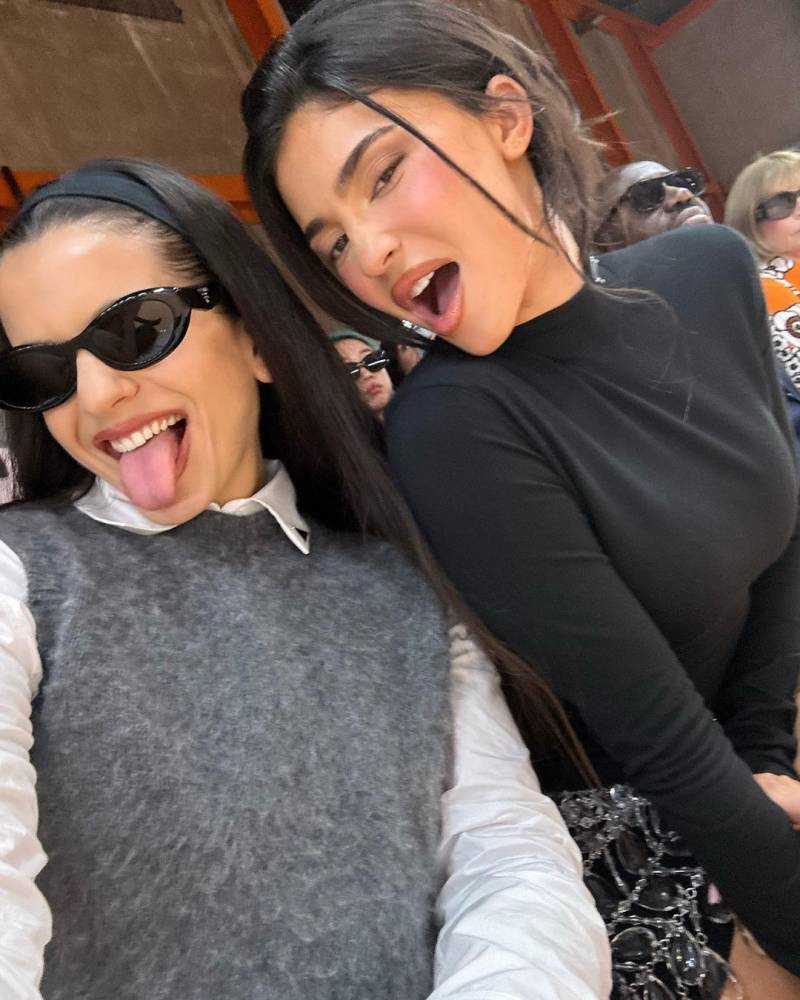
Then there is Rosalía and Kylie Jenner. There is something magnetic about them together: a clash of aesthetics that somehow makes perfect sense. When they show up side by side, it’s opulence meets edge, Y2K gloss wrapped in reggaeton grit. Rosalía’s bold experimental energy—all chrome nails, moto jackets, and sculptural silhouettes pushes Kylie into more unexpected territory. Kylie, in turn, brings that hyper-curated glamour, elevating every look into a full fantasy. They do not dress alike, but they style with each other—a subtle synergy that turns every selfie, dinner outing, or backstage moment into a soft launch for the next big trend. They have built a visual language of contrasts, and it works because they know exactly who they are and how to amplify it together.
What makes them so compelling is how unforced it all feels. They are not trying to serve a look—they just do. There is no obvious styling coordination, no matching sets or staged candids. It is two women with completely different aesthetics orbiting the same fashion universe, making it look effortless. That quiet confidence, the kind you cannot fake, is what turns their every appearance into a moment.

Kaia Gerber and Cara Delevingne have long carved out their own style legacies, but together they amplify a rebellious, effortless cool that commands attention. Their shared love for relaxed streetwear creates a look that is both edgy and approachable. More than just style icons, their friendship feels genuine and unfiltered.
In today’s hyper-connected world, style is not just personal expression; it is a social currency. With social media blurring lines between public and private, friend groups become living mood boards, their collective influence amplified across platforms. Fashion no longer travels solo; it moves in packs, fueled by shared aesthetics, inside jokes, and mutual endorsement. This phenomenon reflects a broader cultural craving for belonging and identity in uncertain times: We look to our tribes not only for connection but for style validation. Friend groups set trends because they feel authentic, accessible, and aspirational all at once, making the “fashion friend group effect” a natural evolution in how we consume and create culture today.




